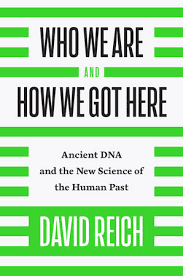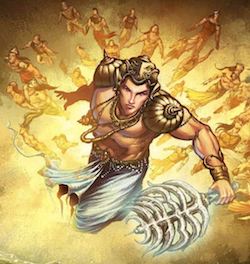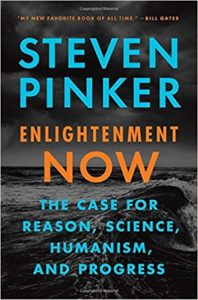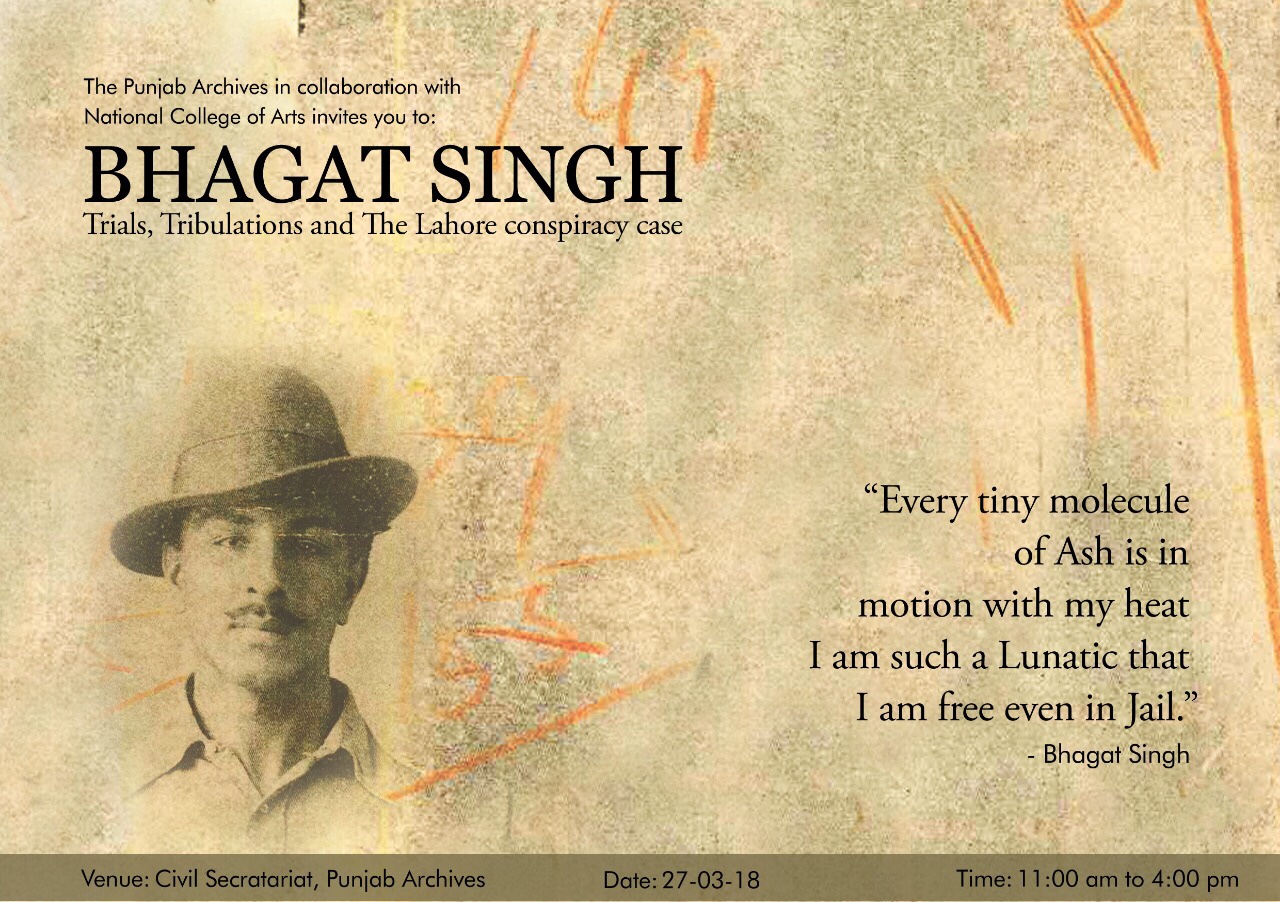Polyandry
There is an old Sinhala saying where four breasts cant get along, four heads can.
Many are under the impression that polyandry was some ancient/mythical social structure ( (e.g. Draupadi in the Mahabaratha).
To the the contrary it was prevalent till modern times in Sri Lanka/Ceylon, Nepal and certain groups in India. In Ceylon polyandry was prevalent till the 1950’s in the remote parts of the Kandyan kingdom, e.g. Nuwara-Kalaviya. Apparently there is a rise in fraternal polyandry in the Malwa region of the Punjab (see wiki on Polyandry).
The dynamics and customs of polyandry differ among the various cultures. I’ll only write about polyandry in Ceylon/Sri Lanka.
There were two types of unions, Deega amd Binna (those terms are still kind of used or understood). Diga was where the woman went to the man’s house. Binna was weh the man went to the woman’s house.
Deega: Where a woman went man/mens house. When she went to the men/mens house she was entitled to a share of the property that belonged to the house and income thereof. So if a woman had a union with 3 men she was entitled to 1/4th of the property and its income.
Knox, mentions that the dowry was considered the property of the wife and she was free to take it away, should the marriage be a failure. Among the things that were given as a part of the dowry Knox mentions slaves, cattle, tools and money. NOTE: Dowry was movable assets, not land.
Now at some point the woman gets tired of the men, or the men get tired of the woman. The woman will move back to her house (note I did not say parents house). When she moves back, her house property share has to be given back to her.
Binna: Thats when a man moves into the woman’s house. This could be a womans first unions or after she walks away from a Diga union and she is back in her house. They can get an income from either administering or working the woman’s share of the property.
Binna or Diga, the children remain in the house they were born and will inherit a share with other children also born in the house. The children dont belong to the parents, they belong to the house.
The Sinhalese names are based on the house. e.g. Galaha Lekamge Sunil. Written in English custom it would be Sunil of the Secretary’s house in Galaha (a village). The suffix “ge” pronounced “gay” means house or of.
Some key points that made the system work.
The house was an entity and had property (rice paddy, coconut groves etc). The property was not necessarily adjacent to the house.
Property could not be bought or sold.
Children belong to the house, not to either parent.
Minimum children: Infanticide and abortion were practiced. Infanticide was not gender based, but because the “horroscope” was bad.
Virginity for women and men was a non issue.
Knox (1681) says (1681):
- “In this country each man, even the greatest, hath but one wife; but a woman often has two husbands. For it is lawful and common with them for two brothers to keep house together with one wife, and the children do acknowledge and call both fathers”.
- These women are of a very strong and courageous spirit, taking nothing very much to heart, mourning more for fashion than affection, never overwhelmed neither with grief of live. And when their husbands are dead, all their care is where to get others, which they cannot long be without.”
- Their marriages are but of little force or validity for if they disagree and mislike one another, they part without disgrace…. Both women and men do commonly wed four or five times before they can settle themselves to their contention.”
- As soon as the child is born, the father or some friend apply themselves to an astrologer to inquire whether the child was born in a prosperous planet and a good hour or in an evil one. If it is found to be in an evil they presently destroy it.”
Links/refs
https://en.wikipedia.org/wiki/Polyandry_in_India
Robert Knox (1681) “An historical relation of the Island Ceylon in the East Indies”. Complete book is online
http://www.gutenberg.org/etext/14346
Knox was captured by the Kandyan King and was kept for 20 years. Escaped and wrote about life in the Hill Country. Supposed to have inspired Defoes, Robinson Crusoe



